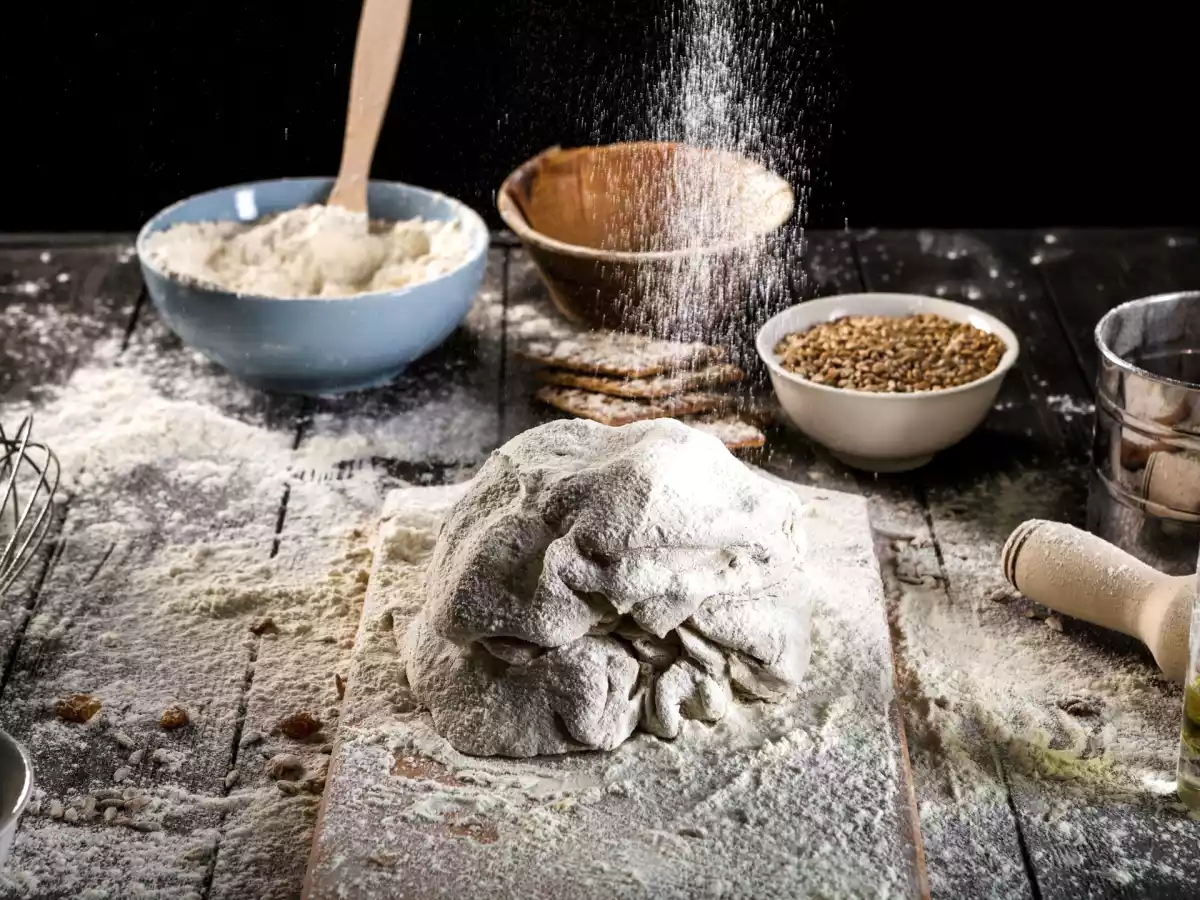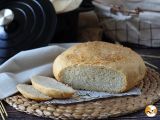Discover the 7 whole grain flours that will change the way you cook

Whole grain flours are a real hidden treasure in the kitchen. Retaining all parts of the grain, they offer a much richer supply of fiber, vitamins and minerals than refined flours. Because of their complete nutritional profile, they are perfect for those who want a healthy and varied diet. Let's discover together 7 whole-grain flours to try for preparing tasty and healthy dishes.
1. Whole wheat flour
Whole-wheat flour, obtained by milling the whole grain of wheat, is a food rich in fiber, vitamins and minerals. The presence of bran gives the flour a lower glycemic index than white flour, making it an ideal food for those on a balanced diet and for diabetics. In addition, the fiber in bran improves digestion and reduces the risk of various diseases.
How to use whole wheat flour in cooking?
- Whole wheat flour is ideal for bread, pizza, rustic cakes and flatbreads, but it can also be used in combination with other, more refined flours to make a softer dough.
2. Whole corn flour
Whole-grain cornmeal is made by grinding the whole kernel of corn, without throwing away any parts. It has a bright yellow color and a slightly sweet flavor. It contains no gluten, so it cannot be used on its own for products that require leavening, but it is perfect for gluten-free preparations.
How to use whole-wheat cornmeal in cooking?
Cornmeal is ideal for polenta, tortillas, cornbread, and rustic desserts. It can also be used in mixed doughs to give flavor and texture.
3. Whole wheat buckwheat flour
Buckwheat, despite its name, is not a cereal. It is a completely different plant, rich in fiber and protein. Its flour, naturally gluten-free, has an intense, slightly bitter flavor.
How to use whole-wheat buckwheat flour in cooking?
- Buckwheat flour is used to prepare traditional dishes such as Breton galettes (savory crepes); it can also be used to make breads, cookies, rustic cakes and fresh pasta. It is a popular flour in gluten-free diets.
4. Whole grain kamut flour
Have you ever tried kamut? This ancient grain, recently rediscovered, has a unique and nutritious flavor. Its flour, rich in protein and with a slightly sweet and buttery taste, a real panacea for those looking for an alternative to traditional flour.
How to use whole-wheat kamut flour in cooking?
- Whole-wheat kamut flour is excellent for making breads, pastas, pizzas, flatbreads and desserts. Its unique flavor goes well with both sweet and savory ingredients.
5. Whole grain oatmeal
Whole grain oat flour is made by milling the whole oat grain. It is naturally gluten-free, but beware: it may be contaminated during production if it is processed in places that also process wheat. Rich in soluble fiber, such as beta-glucans, it helps keep cholesterol and blood sugar in check.
How to use whole grain oatmeal in cooking?
- Whole grain oatmeal is great for making cookies, cakes, pancakes, and energy bars. It can also be used to thicken soups or for breading.
6. Whole-wheat rye flour
Rye, a strong and tough cereal, has always been appreciated in colder regions. Its whole-wheat flour, rich in fiber and with a strong, slightly sour flavor, is perfect for those who love intense flavors. It is thanks to it that the famous rye bread, with its characteristic firm texture and unmistakable taste, was born in northern European countries.
How to use whole-wheat rye flour in cooking?
- Rye flour is perfect for making bread, rustic crackers and cookies. Because of its low gluten content, it is often mixed with other flours to achieve better rising.
7. Whole wheat flour
Obtained from the complete milling of durum wheat kernels, whole wheat flour is rich in fiber and nutrients. Its high gluten content gives it excellent elasticity in doughs.
How to use whole wheat flour in cooking?
- Unlike whole-wheat flour, this more intensely flavored flour is an ideal choice for those who want to make homemade pasta and bread with a rustic, authentic taste.
Tips for using whole wheat flour
Whole wheat flours are more "spongy" and need more water to hydrate well. If you use only whole wheat flour, add a little more liquid than in the traditional recipe. Remember, however, that doughs with whole wheat flour are naturally denser and fuller-bodied. For a lighter, fluffier result, you can try mixing whole wheat flour with some refined flour.
You might also be interested in:
 Daniele Mainieri
Daniele Mainieri
Comments